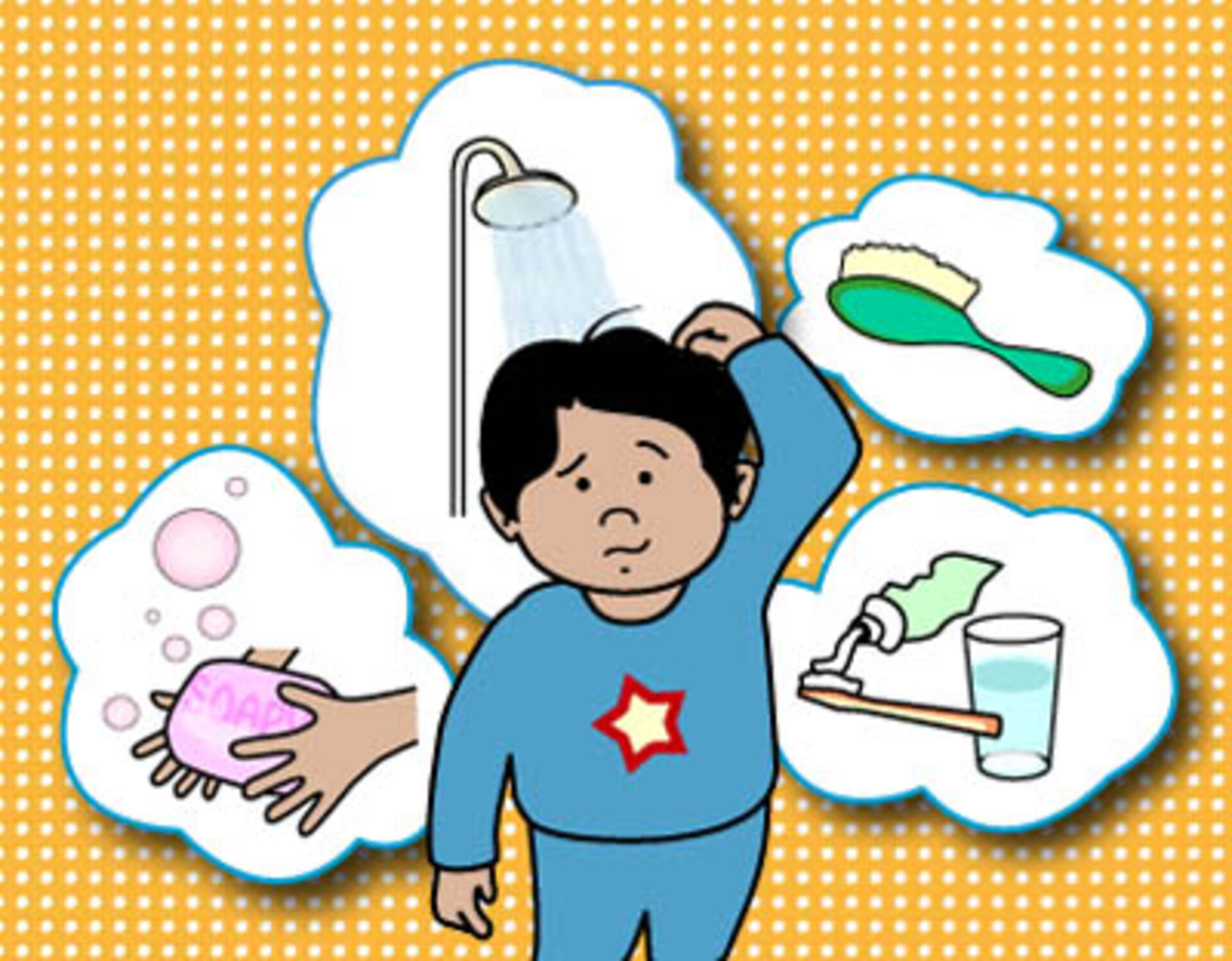Parenting comes with its fair share of challenges, and one of the most concerning and often misunderstood issues is childhood depression. While we often associate depression with adults, it’s crucial to recognize that children can also experience this condition. In this comprehensive guide, we will delve into understanding depression in children and how parents can spot the signs, offer support, and help their child navigate the challenging journey to recovery.
Understanding Depression in Children and How to Spot It: A Parent’s Guide
What Is Childhood Depression?
Depression in children is not just occasional moodiness or typical childhood ups and downs. It is a mental health disorder characterized by persistent feelings of sadness, hopelessness, and a loss of interest in activities they once enjoyed. It can affect a child’s emotional, social, and academic development, making early identification and intervention essential.

Recognizing the Signs of Childhood Depression
Understanding and spotting depression in children can be challenging, as it often presents differently in kids compared to adults. The signs and symptoms may include:
- Persistent Sadness: A noticeable and persistent low mood that lasts for weeks or even months.
- Loss of Interest: A child may lose interest in activities or hobbies they once loved, and they may withdraw from friends and family.
- Irritability: While adults might appear sad, children with depression may become unusually irritable and easily agitated.
- Changes in Appetite and Sleep: Depression can affect a child’s eating and sleeping habits. They may experience changes in appetite, sleep disturbances, or both.
- Fatigue: A child with depression may feel tired all the time, leading to a noticeable decrease in energy.
- Difficulty Concentrating: Depression can affect a child’s ability to focus and concentrate, leading to academic challenges.
- Feelings of Guilt or Worthlessness: A child may express feelings of guilt or worthlessness, often with no apparent reason.
- Physical Complaints: Some children may manifest their emotional distress through physical complaints such as headaches or stomachaches.
- Social Isolation: Depression can lead to social withdrawal, causing a child to avoid friends and family.
Causes and Risk Factors
Childhood depression can arise from a combination of genetic, environmental, and psychological factors. Some common risk factors include a family history of depression, exposure to trauma or adverse life events, chronic medical conditions, and a history of abuse or neglect.
How Parents Can Help

Recognizing the signs of depression in your child is the first step. Here’s how parents can provide support and help their child through this challenging time:
- Open Communication: Create a safe and non-judgmental environment for your child to express their feelings. Encourage them to talk about their emotions and experiences.
- Seek Professional Help: If you suspect that your child is depressed, consult a mental health professional. They can provide a proper diagnosis and treatment plan.
- Medication and Therapy: Depending on the severity of the depression, therapy, medication, or a combination of both may be recommended. Cognitive-behavioral therapy (CBT) is often effective in treating childhood depression.
- Healthy Lifestyle: Encourage a balanced diet, regular exercise, and sufficient sleep. These lifestyle factors can significantly impact mood and overall well-being.
- Support System: Involve teachers, school counselors, and other caregivers in the child’s support system. Collaborate with them to ensure consistent care and understanding.
- Be Patient: Recovery from childhood depression is a journey, and it can take time. Be patient and offer unwavering emotional support to your child.
Preventing Childhood Depression

While we cannot always prevent depression in children, there are steps parents can take to promote emotional well-being:
- Build Resilience: Teach your child coping skills, problem-solving, and emotional regulation techniques to help them navigate life’s challenges.
- Maintain Open Communication: Foster open and honest communication from an early age so that your child feels comfortable discussing their feelings.
- Limit Screen Time: Excessive screen time, especially on social media, can contribute to feelings of isolation and negative self-esteem. Set healthy boundaries.
- Create a Supportive Environment: Encourage activities that build self-esteem, such as hobbies and extracurricular activities.
- Family Bonding: Spend quality time together as a family. Strong family connections can serve as a protective factor against depression.
Conclusion
Understanding depression in children and how to spot it is an essential aspect of responsible parenting. While it can be a daunting experience, it’s important to remember that childhood depression is treatable, and early intervention can make a significant difference in a child’s life. By recognizing the signs, seeking professional help, and offering unwavering support, parents can provide their children with the tools and resources they need to overcome depression and thrive in a happier, healthier life.







